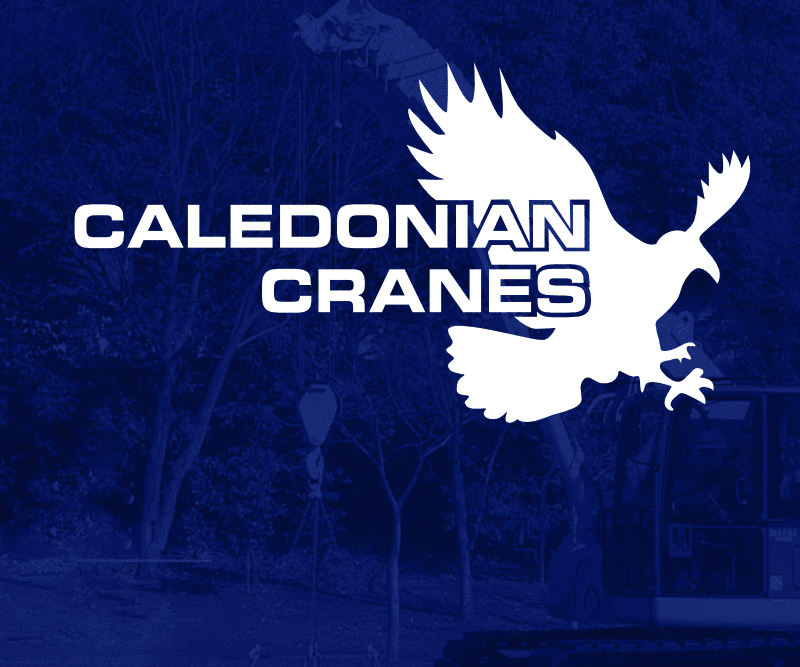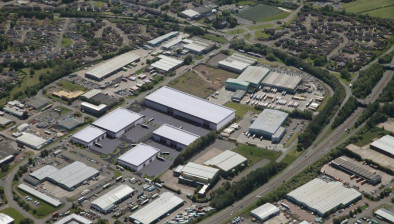Questions over Clyde Gateway’s role in Glasgow site value

Regeneration firm Clyde Gateway paid around £1.5 million more for a piece of derelict land in Glasgow after it altered an independent valuers’ report of the site, according to reports.
The Herald has reported that the publicly funded body paid Murray Estates Ltd £4.5m plus VAT for 16 acres of derelict ground that the company, which run by former Rangers owner Sir David Murray, had bought five years earlier for £375,000.
The land was once the site of the former Dalmarnock Power Station, which contaminated the surrounding area with a cocktail of chemicals between 1915 and its final year of operation in 1977.
On top of industrial pollutants, the site contained Japanese knotweed, a plant so aggressive it can damage property. The site was also used by fly-tippers.
Following a £3m programme of decontamination and infrastructure improvements beneath the surface, the site has now been sold to Link Group in a deal worth £5.7m, paving the way for 550 new homes to be built.
In its justification for reaching such a figure, Clyde Gateway, which is chaired by Lord Smith of Kelvin, said its twin boards had depended upon a value of £7.242m. The figure was contained in an independent report commissioned by the quango from the property firm Ryden. However, after the deal attracted negative publicity, the property firm felt forced to reveal the figure did not come from them.
In a statement Ryden said: “Ryden would recommend that you contact Clyde Gateway to confirm who arrived at the figure of £7.242m in the board paper.
“Ryden provided a market valuation to Clyde Gateway on October 26, 2009. The value reported for the former Dalmarnock Power Station site was not £7.242m.”
However, under environmental information legislation, it was discovered the true valuation offered by Ryden was £5.7m – £1.5m lower that the Clyde Gateway report suggested.
The land owned by Sir David’s company was zoned for industrial use but Ryden was instructed by the quango to assume it had permission for housing, inflating its value, during the estimation.
The final figure paid to Murray Estates reflected the estimated millions of pounds needed to clean up the site. If the true Ryden valuation had been accepted by Clyde Gateway, Sir David Murray’s company could have expected to be paid around £1.5m less.
Clyde Gateway has confirmed it had made “one key variation” in the independent report from Ryden. The effect was to increase the amount of land that Ryden had considered suitable for housing.
The change had been made by a member of the Clyde Gateway team, though this was not mentioned in the quango’s report to the regeneration body’s two board meetings which approved the deal.
Clyde Gateway has to date received £200 million of funds to regenerate parts of Glasgow’s east end. Most of its budget comes from the Scottish Government, Scottish Enterprise, Glasgow City Council and South Lanarkshire Council.
A spokesman for the quango said: “I can again reaffirm our previously stated position that the purchase price paid by Clyde Gateway at the site of the former power station was fully in line with the market value independently reached.”
Sir David’s company declined to comment. There is no suggestion either the businessman or Murray Estates was at fault.

















